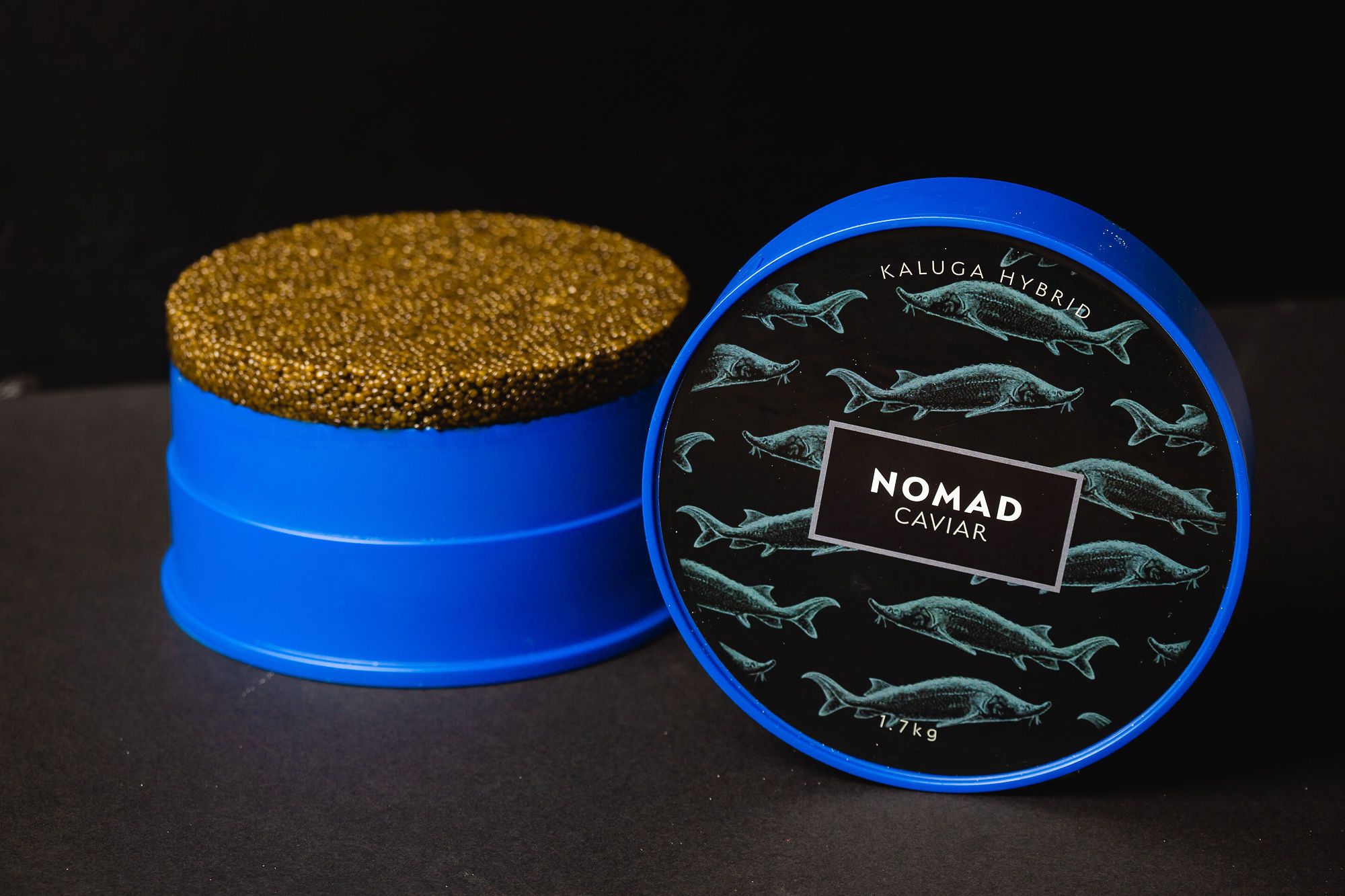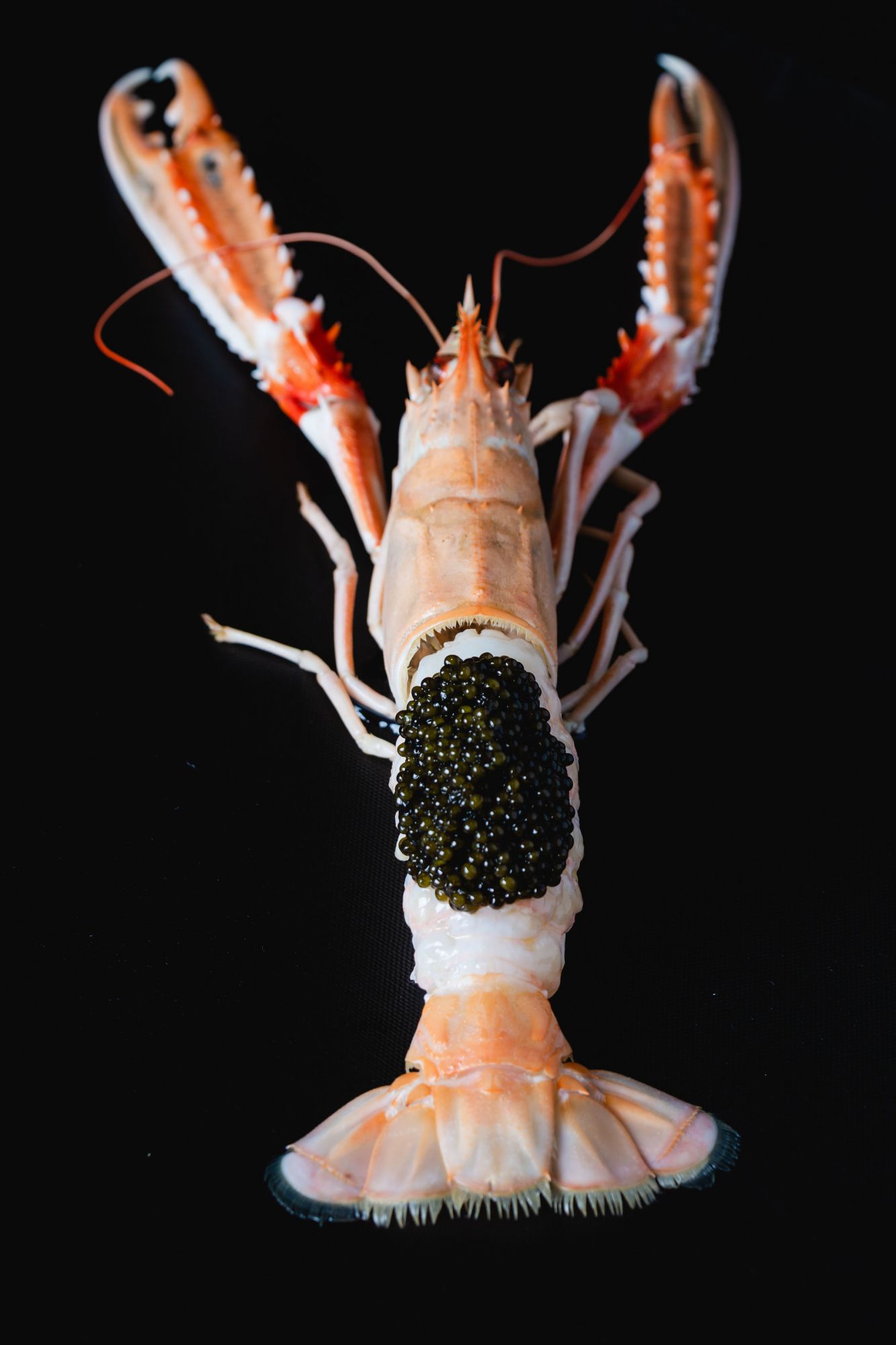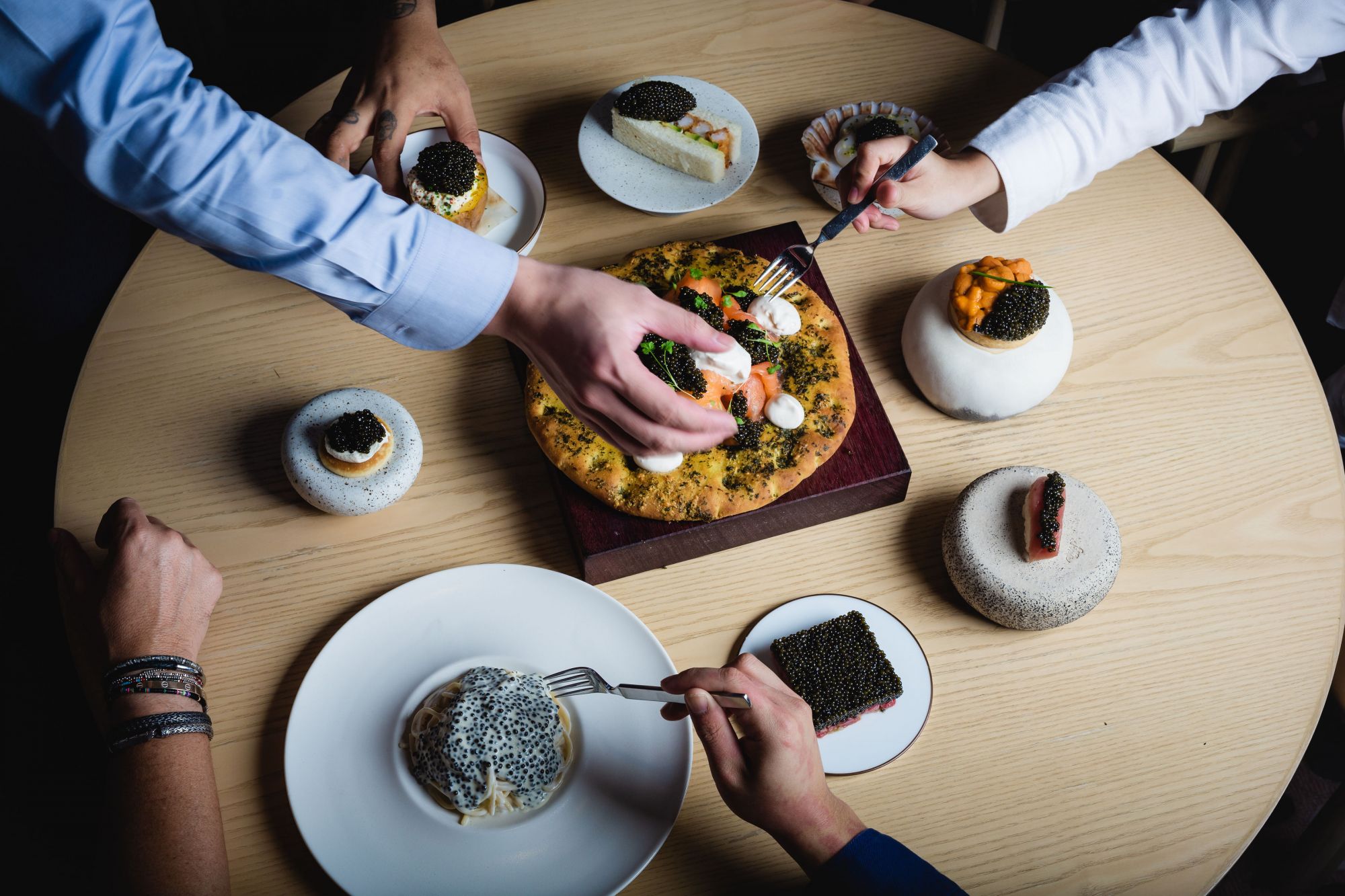We speak to Nomad Caviar founder Jason Cohen on how he's changing our understanding of caviar as a luxury food
For the well-heeled Hongkongers accustomed to nibbling on sparing portions of caviar at fine-dining establishments around the city, it might surprise them to learn that, by some accounts, the coveted black-grey pearls were consumed by the mouthful as recently as the late 1990s in places such as Azerbaijan, when 500 grams could be had for as little as US$50. Going even further back, caviar was eaten as a bar snack in the saloons of 19th-century America, sold for the very agreeable price of a nickel.
While those days are all but gone, one man looking to return at least a semblance of caviar's former status as a food for the everyman is founder of Nomad Caviar, Jason Cohen. Better known as the director of the Ce La Vi Group and the owner’s representative of The Fleming boutique hotel, the Hong Kong native found himself in the caviar business after hosting several dinners for homebound friends in the midst of the pandemic. "We were buying quite a lot from different places, and it got quite expensive. I knew that 75 percent of the world's caviar was now coming out of China and it's all farmed, so we bought from a whole load of farms in China, and then we just started doing blind tasting dinners," he tells Tatler Dining.
Indeed, China is widely perceived as the epicentre of global caviar production today with 54 percent of the world's commercial caviar farms located within its borders. Between 2003 and 2016, the country's caviar production increased tenfold; because of this ballooning supply, wholesale caviar prices have tumbled around the world, with US producers alone reporting a decrease of 58 percent from 2012 to 2018. With its slogan of "caviar for a new generation," Nomad Caviar, it seems, is poised to tap into this monumental shift in the global caviar market.
Having launched the brand just half a year ago, we caught up with Cohen to speak about the journey of launching a caviar business in Hong Kong, the disconnect between the image and the reality of caviar production, and how he is carving a new niche for Nomad in the face of the caviar industry's old guard.
See more: Baking Decadent Caviar Cake with Mono and Nomad Caviar

What led to the creation of Nomad Caviar?
I essentially started by accident—I had no real intention of ever getting into this business at all. Covid had just hit, and being in F&B and hospitality, it was a super tough time. But in the meantime, it was kind of nice as well, just to be in Hong Kong, not travelling Monday to Friday, and catching up with lots of friends.
A friend and I started hosting a lot of dinners at his place and my place, and we got into caviar. Eventually we found one farm that had a Kaluga hybrid, and then we also found an Ossetra from another farm, and we rang them up and asked if we could buy directly.
They basically said, sure, why not? But we had to guarantee a minimum order quantity of 10kg. That’s a lot of caviar, but I put the order in and my partner and I emailed several friends, and just like that, 10kg was gone. We placed a second order for 30kg, the next order was 50kg, and then our last order was 70kg. At that point, the owner of the farm rang me and told us we had bought more than their caviar clients this year, and suggested that we start a brand. I was just too busy at the time with Ce La Vi and The Fleming, just hoping to figure out when this all was gonna end and go back to normal.
Eventually due to Covid, we had to close some of our venues for a while, so I thought, you know what, maybe I'll do this! I rang back the farm owner two months after we last spoke and took him up on his offer.
I'll never forget the first day because the product came in on 10pm on October 31st. My birthday is November 1st, and I was having a Halloween dinner when customs rang me and said my caviar had arrived. So from midnight till 3am on the morning of the 1st I was taking delivery and doing all the labelling for tins.
Related: Mesa, An Atelier-Turned-Private Kitchen Concept, Is Hong Kong's Most Coveted Culinary Experience



